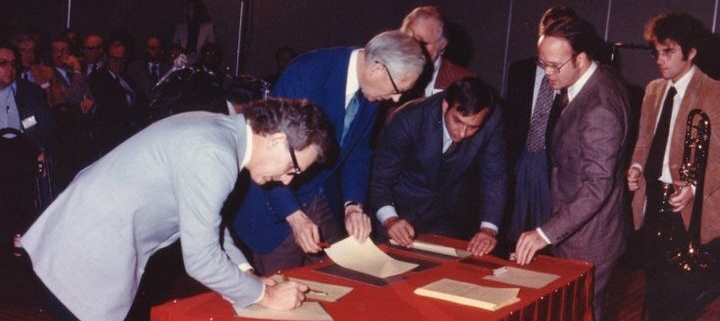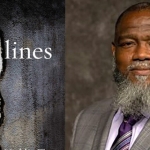How the Chicago Statement on Biblical Inerrancy became a litmus test
This article originally appeared on March 14, 2022 at Baptist News Global.
“Do you affirm the doctrine of inerrancy as articulated in the Chicago Statement?” demands Denny Burk, professor at Southern Baptist Theological Seminary, tweeting his line in the sand to defend what he thinks are attacks against historic orthodoxy by the ever-so-dangerous Beth Allison Barr.
Bringing up the Chicago Statement on Inerrancy is a common tactic the TheoBros use to simplify their control of a conversation down to the false dichotomy of being in or out based on your affirmation of an unrelated document. It has become a litmus test for orthodox belief and a handy means of discrediting anyone with an opposing theological view.
 Thankfully, historians such as Barr of Baylor University and Kristin Du Mez of Calvin College are not falling for these tricks.
Thankfully, historians such as Barr of Baylor University and Kristin Du Mez of Calvin College are not falling for these tricks.
Much could be said about the weaponization of the Chicago Statement on Inerrancy. But where did the Chicago Statement come from? What is it? Does it accurately communicate what the Bible is? Can it be signed in a non-weaponizing way? Or is it a fundamentally flawed document that fails to reflect the Bible accurately and that is inherently weaponized by white male supremacy?
The Chicago Trilogy
Many people do not realize that the Chicago Statement on Biblical Inerrancy actually is the first of three statements organized by the International Council on Biblical Inerrancy from 1978 to 1986. Following their statement about inerrancy in 1978, the council reconvened in 1982 in order to release a statement on Biblical Hermeneutics and again in 1986 on Biblical Application.
The 1982 statement on biblical hermeneutics says: “While we recognize that belief in the inerrancy of Scripture is basic to maintaining its authority, the values of that commitment are only as real as one’s understanding of the meaning of Scripture.”
Its authors defined biblical hermeneutics as “the study of right principles for understanding the biblical text,” contrasting the theoretical understanding of Scripture as ancient literature from the experiential understanding of Scripture as “personal knowledge of the God to whom it points,” and arguing that biblical hermeneutics combines the best of both worlds.
The 1986 statement on biblical application explores such topics as abortion, marriage with the “husband as head” and the wife “as helper in submissive companionship,” “sexual deviations,” politics, war, economics, work, wealth and poverty, and environmentalism within a conservative evangelical complementarian worldview and states that with this “trilogy of Summits … the doctrine of inerrancy has thus been defined, interpreted and applied.”
The ‘humble’ authority of the inerrantists
The trilogy begins by emphasizing the “infallible authority” of Scripture, while claiming to be offered “in a spirit, not of contention, but of humility and love.” It admits: “We claim no personal infallibility for the witness we bear.”
“Anyone who allows Scripture to deliver its own message on these matters will end up approximately where we stand ourselves.”
But then the authors go on to say…










Leave a Reply
Want to join the discussion?Feel free to contribute!